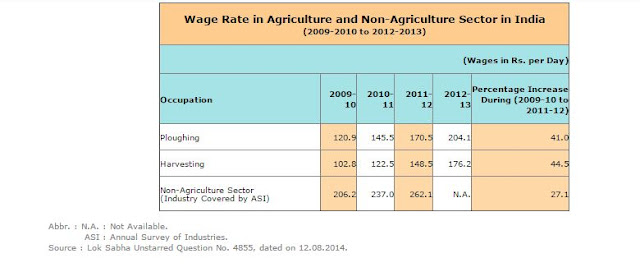India-China Trade: Intra-Industry trade.. What does data show?
Traditional theory, H-O trade theory suggests that the country should export the labor-intensive commodity id labor is the abundant factor and if capital is abundant then should export the capital-intensive commodity.
But this is now less relevant as the countries are exporting the same product which is imported by the same country.
Let’s examine the China India trade pattern.
The following table shows the Chinese export to India (top 15 in million dollars)
Data source – Export Import Data Bank, Department of Commerce
Top 15 Chinese export mainly consists of Electrical machinery and equipment, Nuclear reactor and parts, organic chemical, plastics, light weighted vehicles and parts, optical, mineral fuels, fertilizers, inorganic chemical etc. The most of these products are labor intensive (except nuclear reactor and parts).
The following table shows the Indian export to China (top 15 in million dollars)
Data source – Export Import Data Bank, Department of Commerce
Top 15 Indian export mainly consists of Organic chemical, mineral fuels, cotton, ores and slag, plastic, nuclear reactor and parts, electrical machinery, animals, and vegetables etc. Again the Indian exports are labor intensive.
The most of the product is the same (similar). This means there is a difference in taste and preference. This can be viewed as the presence of the intra-industry trade. There are two main reasons behind intra-industry trade – The division of labor which shows the unique skills and economies of scale.
Now if there is a trade deficit due to intra-industry trade then it means it is not good to have a trade surplus with the concerned country as the trade deficit is due to the division of labor and economies of scale. In short, the trade surplus with the given country can be diseconomies of scale. So rather than focusing on the trade tariff, the division of labor in domestic industries should be focused more.
Now if you observe the table carefully, the total value of the top 15 commodities exported by India to China and China to India is declining. But the total value of export of China to India is increased from 10.6889% of India’s total trade to 16.3821% within 9 years (2009-10 to 2017-18). For India, it’s reduced from 6.4995% to 4.3961% for the same time period (Export Import Data Bank, Department of Commerce).
It means China’s value of the commodity at the bottom is increased. It means China is actually diversifying the trade. China is identifying the required industries and consumers and then producing the commodity. But India is still struggling to get away from the idea of import substitution.
It means China’s value of the commodity at the bottom is increased. It means China is actually diversifying the trade. China is identifying the required industries and consumers and then producing the commodity. But India is still struggling to get away from the idea of import substitution.
The trade deficit is problematic but non-competitive domestic industries.
(To be continued)





टिप्पण्या
टिप्पणी पोस्ट करा